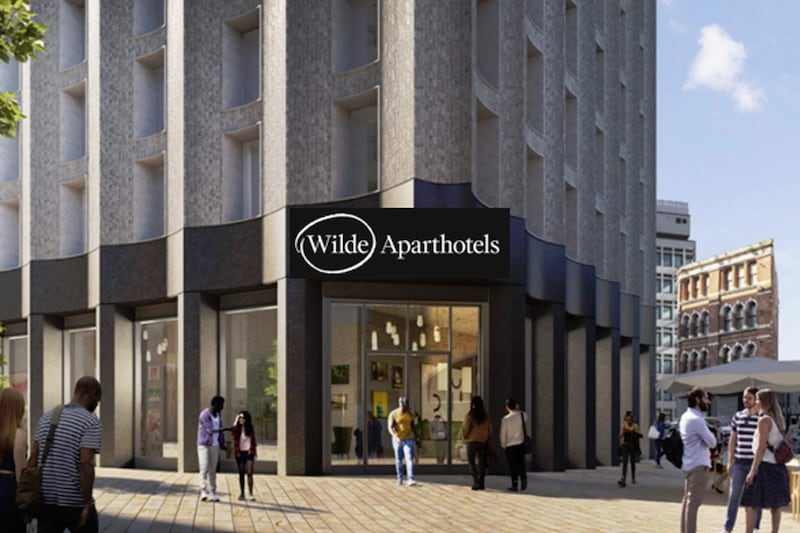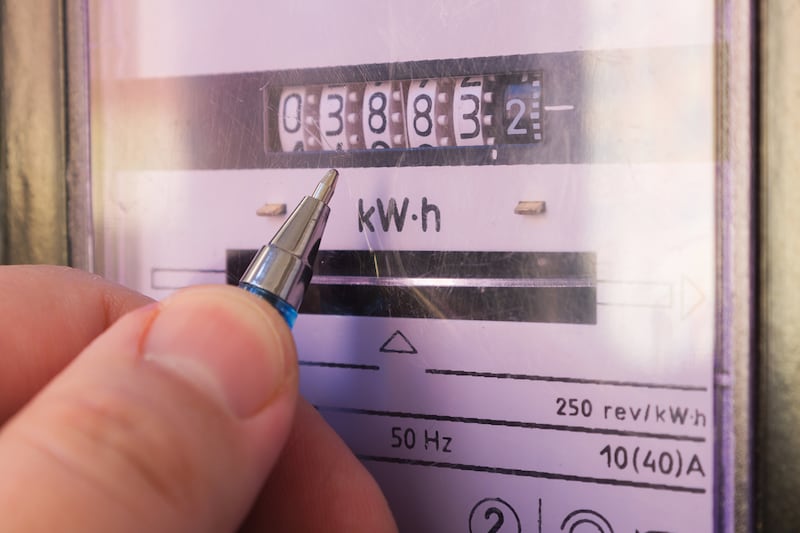Marc Brew was a young professional ballet dancer in South Africa when a car crash threatened to end his burgeoning career. Brew’s spinal cord was severely damaged, and he was told he would never walk, let alone dance, again. When he returned to his native Australia for rehabilitation, friends and family encouraged him to reimagine his future. But Brew couldn’t contemplate a world in which he was not a dancer.
Sitting tall in a wheelchair on the open stage of the Ark, where he is directing and choreographing The Race, a family show, as part of Dublin Dance Festival, Brew recalls how he began to come to terms with the conflict between his new physical reality and his dreams.
“I thought, I have trained my whole life as a dancer, to work with my body, and now my body isn’t what it used to be. But in my heart and mind I still felt like a dancer. Just because I couldn’t stand up or dance the way I used to, I still wanted to express myself. So I had to change my own perception of dance, accept that, even if I couldn’t be up on my feet with high extension, I could still express myself through movement.”
Brew returned to the studio to explore what he could do and, after testing his physical possibilities, decided to move to New York, where there were opportunities to train and work as a disabled artist within integrated dance communities, including Infinity Dance Theater and Axis Dance Company, of which Brew would eventually become artistic director.
READ MORE
Brew is now based in the UK, where he runs his own dance company and has worked with leading dance and theatre organisations, including the Australian Ballet, State Theatre Ballet Company of South Africa, Candoco Dance Company, Scottish Dance Theatre and Ballet Cymru. His work in Ireland, a commission from Dublin Dance Festival, the Ark and Arts & Disability Ireland, is the first time Brew has made work for a family audience.
There were no role models for me in Australia – the companies I used to work with didn’t know what to do with me as a disabled dancer
— Marc Brew
Differently abled bodies are at the heart of The Race, which is based on Aesop’s fable of the tortoise and the hare. “From my own personal experience,” Brew says, “having a disability can really inform how people judge you and assume you need help.” The Race, he hopes, “will let younger kids see that, no matter what size or shape or background you come from, strength and bodies can come in different shapes and sizes, and we can help each other and support each other to overcome” challenges.
This is not just a thematic concern for Brew. “I wouldn’t call myself an activist,” he says, “but through my passion for wanting to dance and create, I sort of had to be an activist. I had no one to speak for me. I had to do it myself. There were no role models for me in Australia – the companies I used to work with didn’t know what to do with me as a disabled dancer – so I had to be proactive if I wanted to keep dancing.” Twenty-five years into his post-crash career, Brew says, “It’s important for me to be a role model for young disabled people who want to be in the performing arts, to let them know, let them see, that there are possibilities for people like them.”
In The Race, the hare is played by a wheelchair user, the dancer Florent Devlesaver; the character’s wheels are part of his speed and strength. Another of the dancers, Helen Hall, has a visual impairment. They have been able to use the Ark’s theatre throughout the rehearsal process, to enable them to familiarise themselves with the space.
Every performance will be relaxed, with dimmed house lights and doors kept open throughout, and incorporate audio description and Irish Sign Language
Accessibility has been vital to the creative team’s conception of the audience’s experience too. Every performance will be relaxed, with dimmed house lights and doors kept open throughout, and incorporate audio description and Irish Sign Language. “Often companies make work and then at the end of the process figure out how to make it accessible, so they can tick the box on their funding form,” Brew says. “But there is a real creative mix of possibilities when you build those ideas into the work as you are making it.” This is activism with a small “a”: “You’re doing it by practice, just by doing what you do, taking account of accessibility, putting diverse dancers on stage.”
It is time for rehearsals to begin, and the dancers file into the theatre for their daily check-in, before Brew gets to work blocking the beginning of the race. Devlesaver spins in his wheelchair, using one hand to move the wheel and the other to move his wheeled avatar, which has been designed by the puppeteer Caoimhe Dunn, across the floor in front of him.
As he takes his place at the starting line, his fellow cast member Rob Heaslip flexes his muscles and puts his hands on the frame of a trolley that Dunn has expertly fashioned into a tortoise shape. Caoimhe Coburn Gray is limbering up in the background, getting ready to enter the scene as Mouse, while Helen Hall is crouching low just outside the theatre doors, rolling a long-limbed wooden grasshopper to and fro. Who will make it to the finish line first is anybody’s guess, but when you are working together, co-operating, collaborating, does victory really matter?
The Race is at the Ark, Dublin 2, from Thursday, May 18th, until Sunday, May 21st, as part of Dublin Dance Festival
















